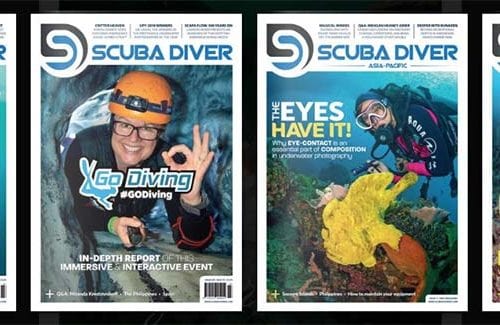In the first of a new series of tech-diving posts, we have asked tech-diving instructor Yvonne Press to take a look at reasons to get into tech diving and how to go about it.
At Diveplanit, we are all about taking you to the most exciting diving destinations around the world. And whilst there is no shortage of awesome diving at 30m, there is also a plethora of marine life, shipwrecks, caves and reefs to be discovered below.

Let’s start with looking at reasons to get into tech diving…
Reason No. 1. For many divers, exploring places that few people – if anyone – has ever been before is one of the major reasons to start diving in the first place. Technical diving expands these opportunities by training divers to plan dives in a manner that allows for the flexibility required to explore new sites whilst staying as safe as possible.
Reasons number 2 and 3 are often mentioned in the same breath: wrecks and caves. Serious wreck or cave diving requires additional training and equipment, but the rewards can be endless.
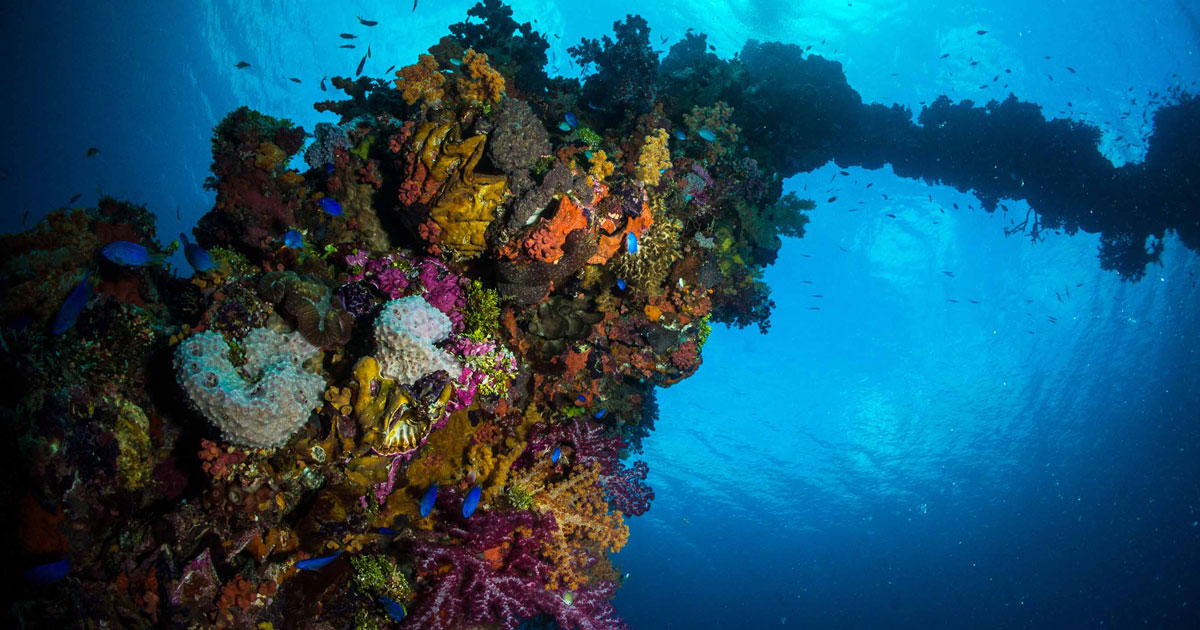
Take Truk Lagoon, for example. There are plenty of shipwrecks within the range of recreational divers there, but who wouldn’t want to have more time and gas available to explore the ‘million dollar wreck’, San Francisco Maru? And what about the wrecks of the Solomons‘ Iron Bottom Sound? There are a few wrecks lying between 15 to 30 metres, but 100s more lie deeper, including the Aaron Ward that reaches depths of 70m. And of course there’s the SS President Coolidge in Espiritu Santo – not much to see above 35m and lots more below.
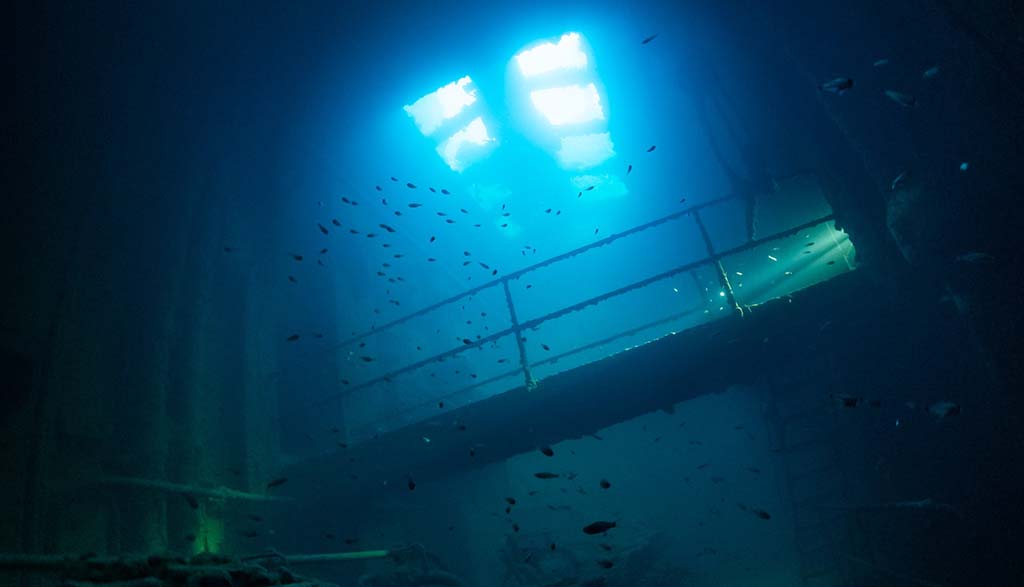
Whilst shipwrecks allow divers to explore a piece of history, caves give the opportunity to virtually explore the insides of Planet Earth. This comes with plenty of safety considerations and top diving skills, but this is what tech diving training is for.
Skills training and practice are, in fact, another reason for becoming a tech diver. Not every diver takes a technical course looking to become an explorer. Many divers simply want to grow their knowledge of diving and their underwater skills, and technical diving courses certainly do that.
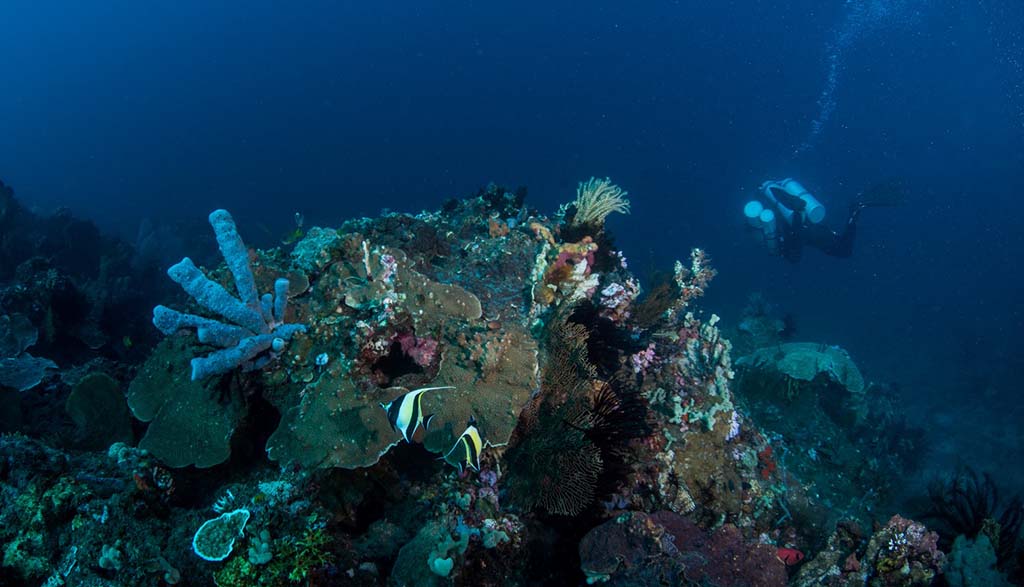
Tech diving: how do you get started?
Tech diving is a journey, and the learning never stops. As such, just like recreational dive training, it can be done in small steps. Introductory classes, like the TDI Intro to Tech or a basic Sidemount course can be completed in two to three days. Is that enough? It’s enough to get a taste of a configuration and to work out whether a certain setup works for you personally.
Tech diving: How long does it take to learn?
Decompression diving courses tend to take at least five days to a week. Most instructors recommend allowing more time, whether it is for additional dives or to digest new information. One thing all technical courses have in common is that students are presented with a lot of information, both on land and in the water. Having a day in between to digest that information and form questions for their instructor can make all the difference.
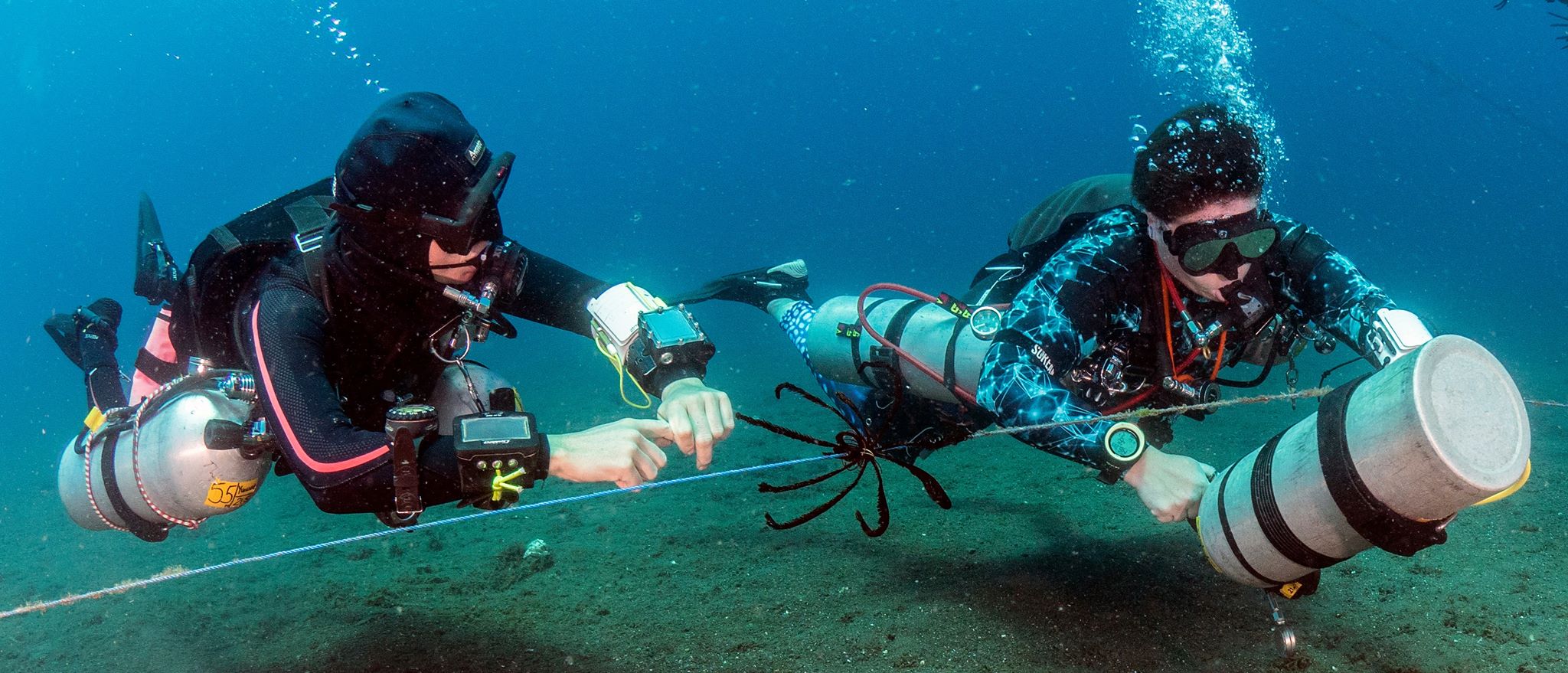
How to fit tech diving training into your busy life!
Having said that, most divers are trying to fit their diving into an already busy lifestyle and technical training needs to fit that. One way of using your time efficiently is to start the theory at home, via eLearning. Once you arrive at your course destination, you will still be having classroom sessions, but these can now be more targeted covering the areas you may have found confusing. As a consequence, time is freed up for in-water training, and in the water is where tech divers are really made.
Tech Diving: location, location…
Another consideration is choosing a location for technical training. Practicalities aside for a moment, in an ideal world, tech divers train in the environment that they eventually want to dive in. Realistically, that may not always be possible, but one thing that is crucial, is it to your research when it comes to the instructor that is training you.
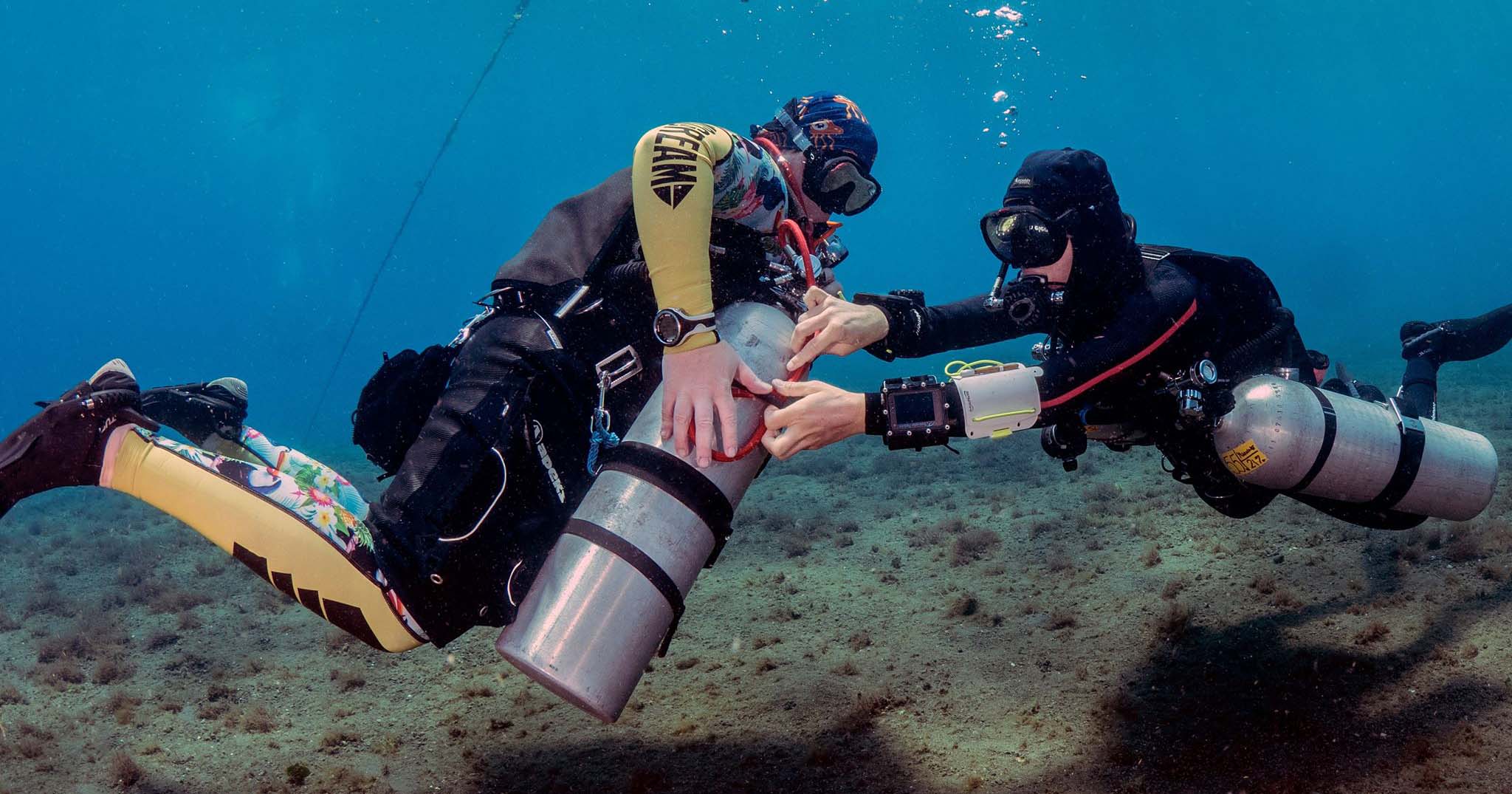
Tech diving: choosing your instructor
The relationship with your tech diving instructor can be quite intense as you are being taken to potentially stressful underwater scenarios. A level of trust as well as a sense of humour come in handy, but most important is keeping focused on the goal – becoming a better diver.
Tech diving equipment
And what about equipment? Most instructors and tech diving facilities will rent equipment to students on initial training courses, and this is a great way of ‘trying before you buy’. As divers are bitten by the tech bug, they will in almost all cases start to accumulate their own equipment. From this point onwards, travelling light will never mean the same again.
However, the places you go and the things you will see underwater will be more than worth it.
Yvonne Press is a TDI instructor trainer and PADI TecRec instructor based in Bali. She currently trains technical divers up to hypoxic trimix level and also offers guided technical dives. Contact us for information on bespoke tech diving tours with Yvonne and follow Yvonne on Facebook.


